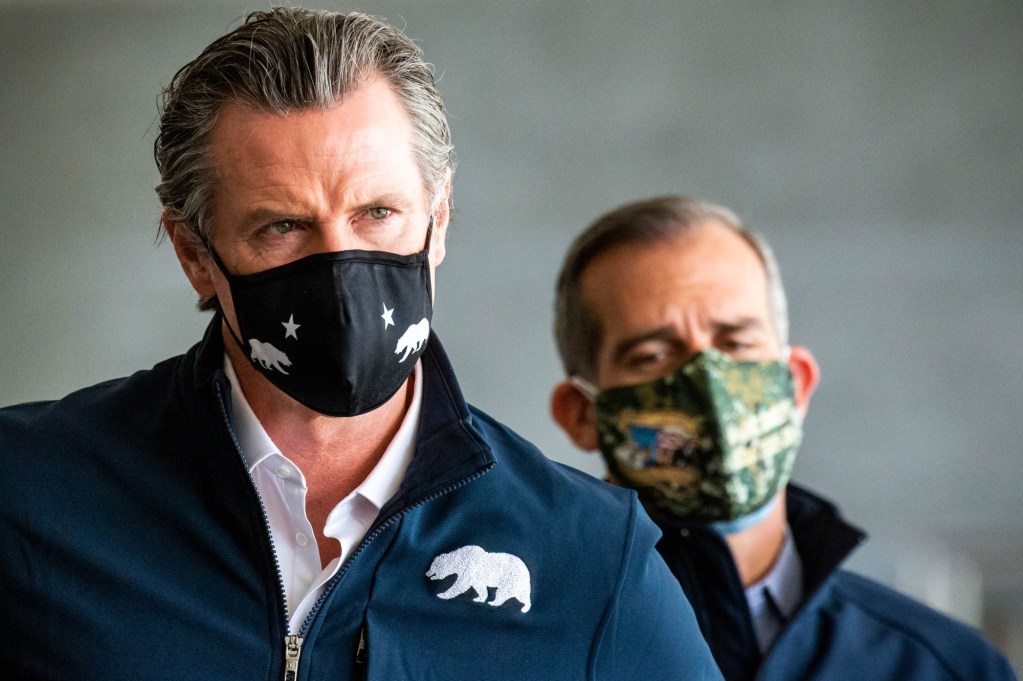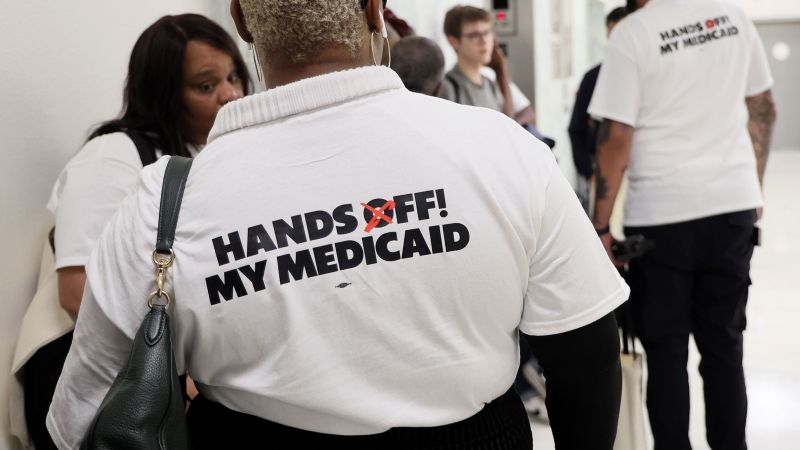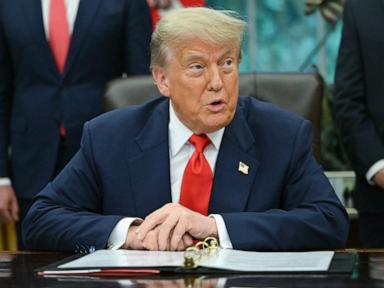Five years on, the profound and persistent shadow of the COVID-19 pandemic continues to cast a detrimental pall over two critical employee safety nets in California, setting the stage for anticipated and contentious legislative battles within the Capitol. What initially seemed a temporary disruption has evolved into a prolonged strain, exposing vulnerabilities within the state’s vital support systems designed to protect its vast workforce. This enduring pressure fundamentally reshapes the landscape of worker protection and economic policy, necessitating urgent and comprehensive attention.
The primary programs experiencing this sustained weakening are California’s workers’ compensation system and, by extension, other state disability and unemployment insurance benefits. The initial surge in claims related to COVID-19, coupled with the longer-term impacts of illness and evolving definitions of work-related health challenges, has placed immense financial and administrative pressure on these systems. Reserves have been depleted, operational frameworks strained, and the very foundation of how the state supports its ailing or unemployed labor force has been tested, highlighting a pressing need for robust support systems for the state’s workforce.
This ongoing strain has created a volatile legislative environment, where the stage is now set for yet another of the Capitol’s periodic “work comp clashes.” Lawmakers are grappling with the complex aftermath of a health crisis that transcended typical economic downturns, affecting nearly every sector and revealing the fragility of existing frameworks. The discussions are not merely about immediate fixes but about fortifying these essential safety nets against future disruptions and ensuring long-term stability for California’s labor force.
At the core of the impending legislative disagreement is the intricate balancing act between various stakeholders. Lawmakers must navigate employer responsibilities, which have significantly expanded or shifted due to pandemic-related health and safety protocols, against the imperative of ensuring adequate worker protection and benefits. Simultaneously, the long-term economic ramifications of health crises, including shifts in labor patterns and healthcare costs, add layers of complexity to the policy-making process, demanding a nuanced approach to economic policy.
The debate is expected to delve into critical areas such as funding mechanisms for these strained programs, re-evaluating eligibility criteria for benefits in a post-pandemic world, and assessing the overall scope of benefits required to genuinely support California’s diverse workforce. Comprehensive legislative reform is not just desirable but essential to address the accumulated pressures and to construct more resilient systems capable of withstanding unforeseen future challenges, underscoring the vital importance of worker safety in the state’s economic fabric.
As the California Legislature prepares for these contentious debates, the outcomes will undoubtedly shape the state’s economic landscape and its social contract with its workers for years to come. The enduring “pandemic effects” serve as a stark reminder that even years later, the unseen costs and vulnerabilities continue to demand strategic intervention and unwavering commitment to safeguarding the pillars of employee support.
Discover more from The Time News
Subscribe to get the latest posts sent to your email.






